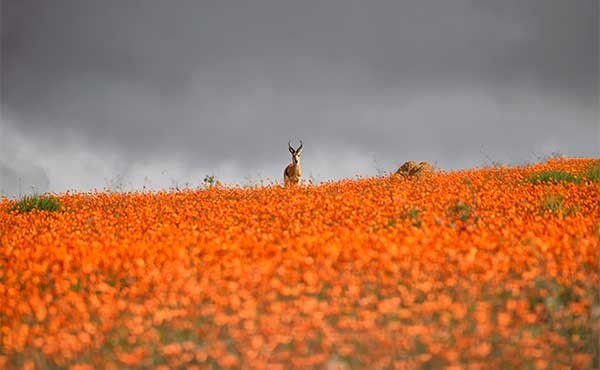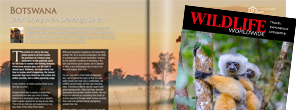Cederberg Wilderness Area forms part of the Cape Floral Region due to its fascinating mountain fynbos, but it is also known for its San rock art, sandstone rock formation, and of course, its wildlife.
The Cederberg is characterised by the sharply defined sandstone rock formations, often reddish in colour, some of which contain important fossils or primitive fish, dating back 450 million years. The predominant vegetation is Mediterranean fynbos in the wetter south and west, changing to semi-desert scrub in the north and east. The endangered Clanwilliam cedar and the snow protea are endemic to the area, and only found in remote locations in high altitude.
Wildlife in the area is rich, with predators such as the elusive leopard, bat-eared fox, Cape fox or caracal. Other mammals include the chacma baboon, rock badger, meerkat, other mongooses and a variety of antelopes such as gemsbok, oryx, and the vulnerable Cape mountain zebra. There are also many birds, small mammals, reptiles and insects.
The Cederberg region is also famous for its historical background, and it was considered the southernmost battleground of the Second Boer War.
View suggested itinerary










